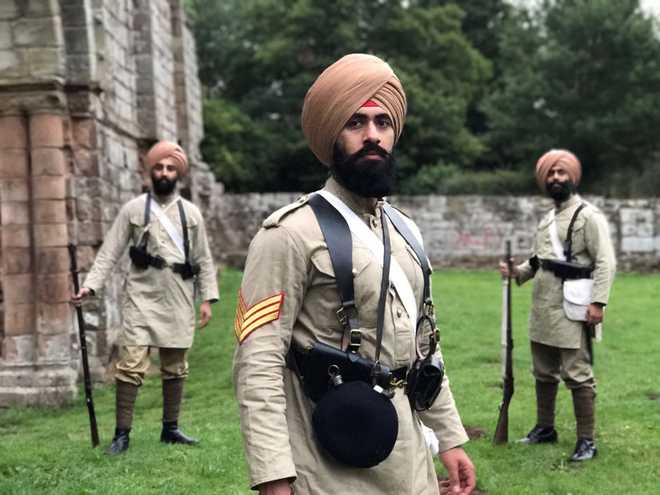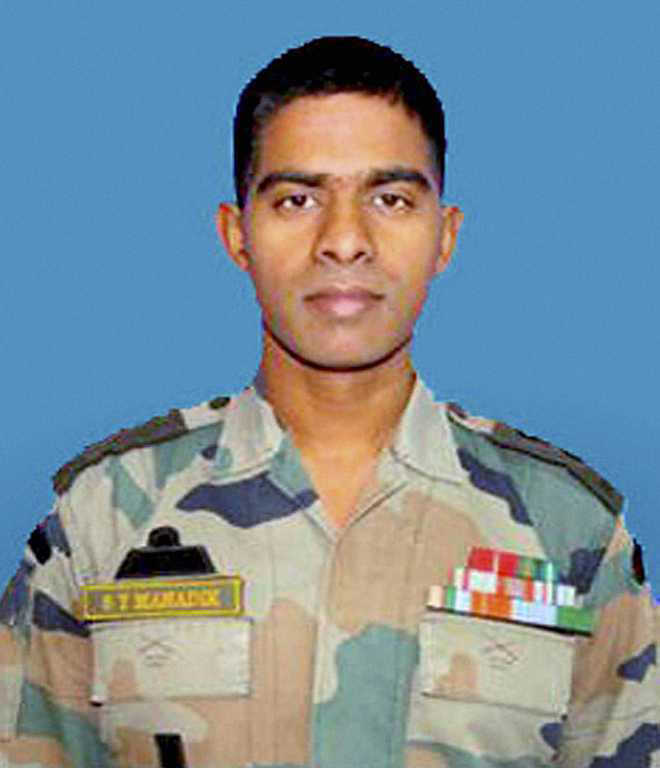Army to clean high-altitude tourist spots: Sitharaman
We are alive to all your concerns and we will ensure that all issues related to the welfare of defence personnel, and their families, are taken care of. NIRMALA SITHARAMAN, defence minster
KASAULI: The Indian Army will soon be cleaning up various high-altitude tourists locations in Jammu and Kashmir, Himachal Pradesh and the Northeastern states, which face environmental threats as tourists dump their non-biodegradable refuses in the open.
 RAVI KUMAR/HTDefence minister Nirmala Sitharaman being welcomed during a programme in Kasauli on Saturday.
RAVI KUMAR/HTDefence minister Nirmala Sitharaman being welcomed during a programme in Kasauli on Saturday.
Defence minster Nirmala Sitharaman said this during a programme in Kasauli, Himachal Pradesh, on Saturday.
She was here to felicitate officers and civilians of eight cantonments under the Western Command for their efforts in maintaining cleanliness.
The minister also awarded open defecation-free (ODF) certificates to officials from cantonments in Kasauli, Dagshai, Subathu, Jutogh, Dalhousie, Jalandhar, Amritsar and Ferozepur.
She said, the remaining five cantonments under the Western Command, namely, Delhi, Ambala, Bakloh, Khasyol and Jammu,arealsoontheirwayof being declared ODF. Following the declaration of the Swachh Bharat campaign on October 2, 2014, the director general of defence estates had directed all its six principal directorates to achieve the goals of the said campaign and declare each cantonment ODF.
In her speech, the minister categorically appreciated the role of children who worked as “swachhta doot” (ambassadors of cleanliness).
Speaking on the welfare of the defence personnel, Sitharaman said, “We are alive to all of your concerns and we will ensure that all issues related to welfare of defence personnel, and their families, are taken care of. We are a listening government and responding government with a positive approach.”
The programme was attended by director general of defence estates, Jojneswar Sharma; principal director of defence estates, SC Kaushaik, and Lt Gen Surinder Singh, general officer commanding in chief, Western Command, among others. ₹15 CRORE FOR PARKING LOT IN KASAULI The defence minister also announced ₹15 crore for the construction of a multi-storey parking space near Kasauli bus stand.
“I have accepted the demand for a multi-storey parking facility, adjacent to the bus stand, and have released ₹15 crore for the project,” Sitharaman said.

























































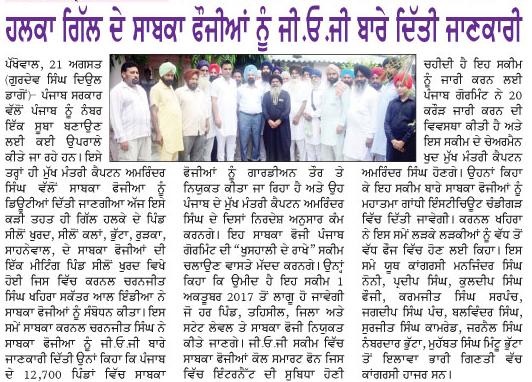
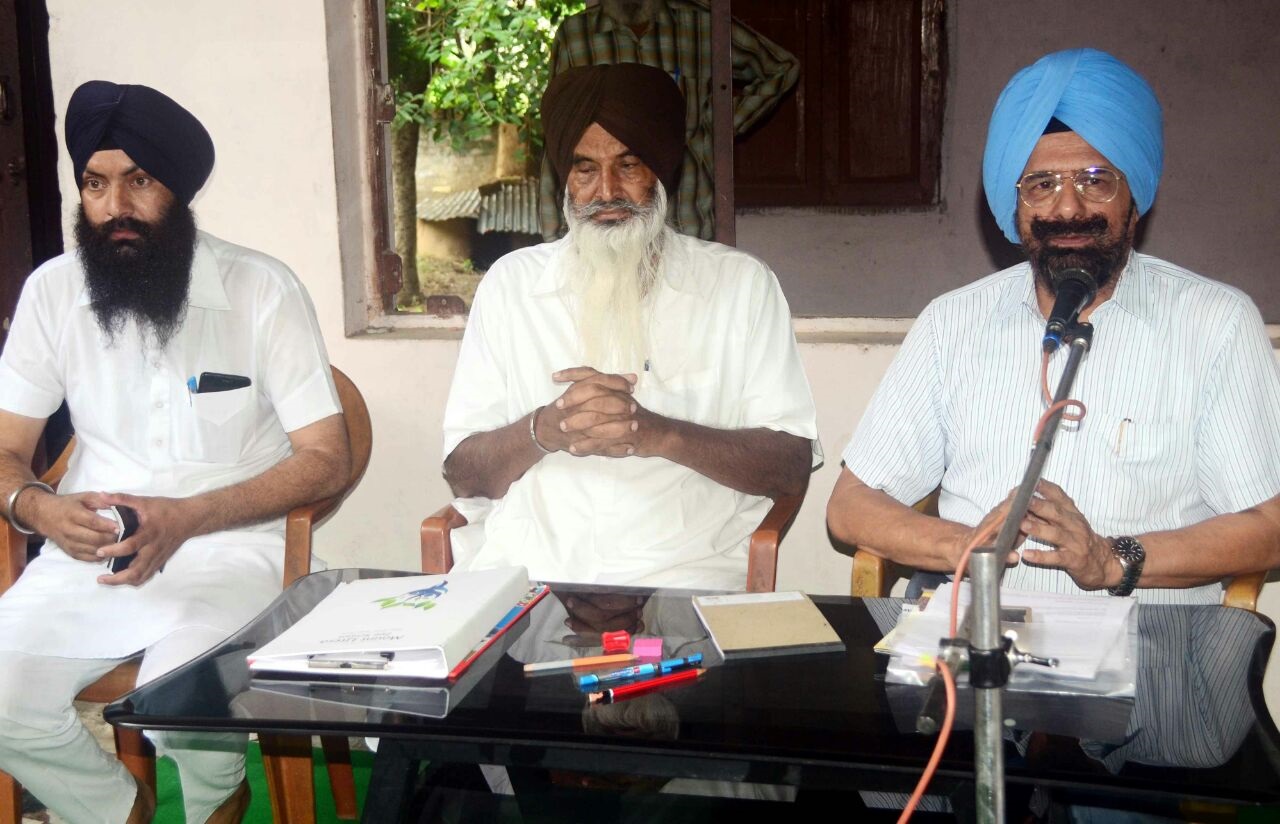
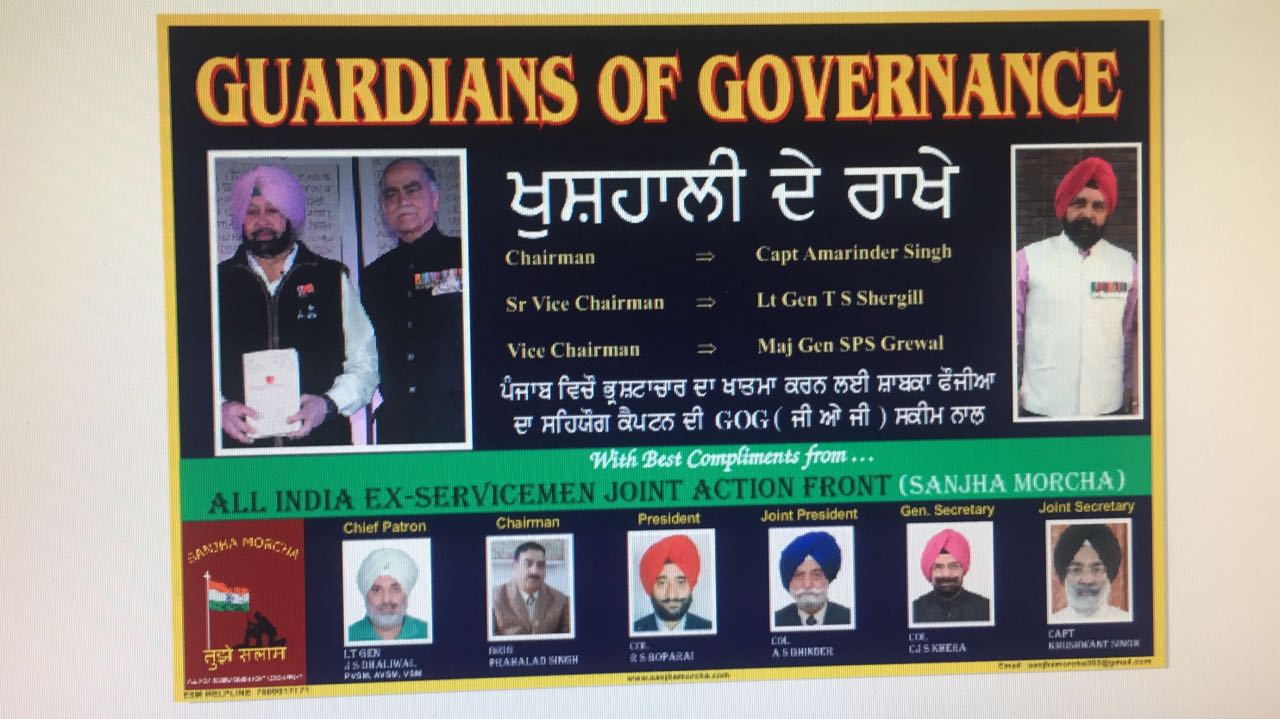
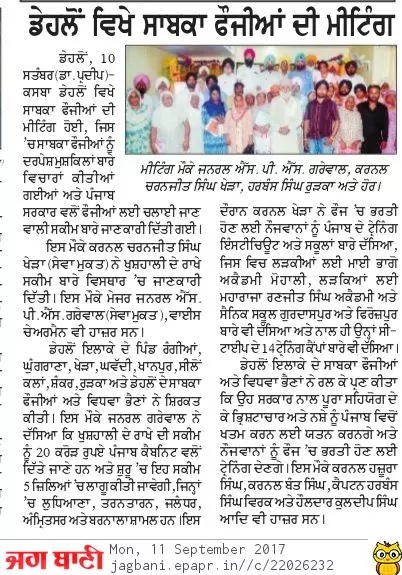




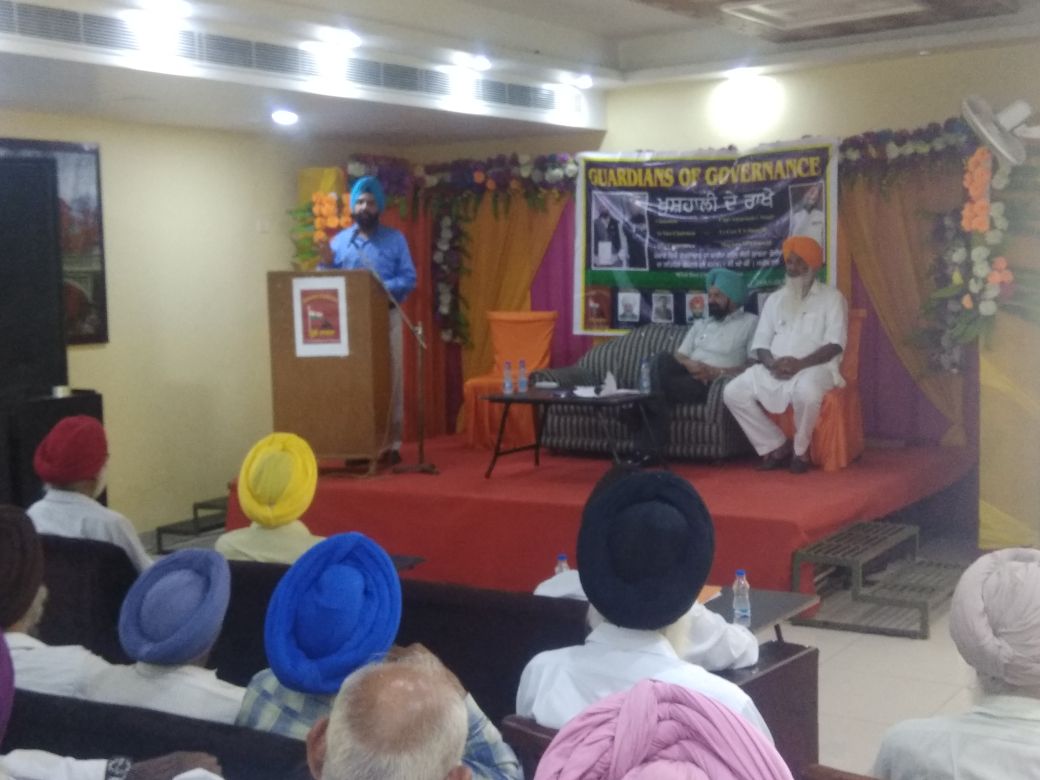
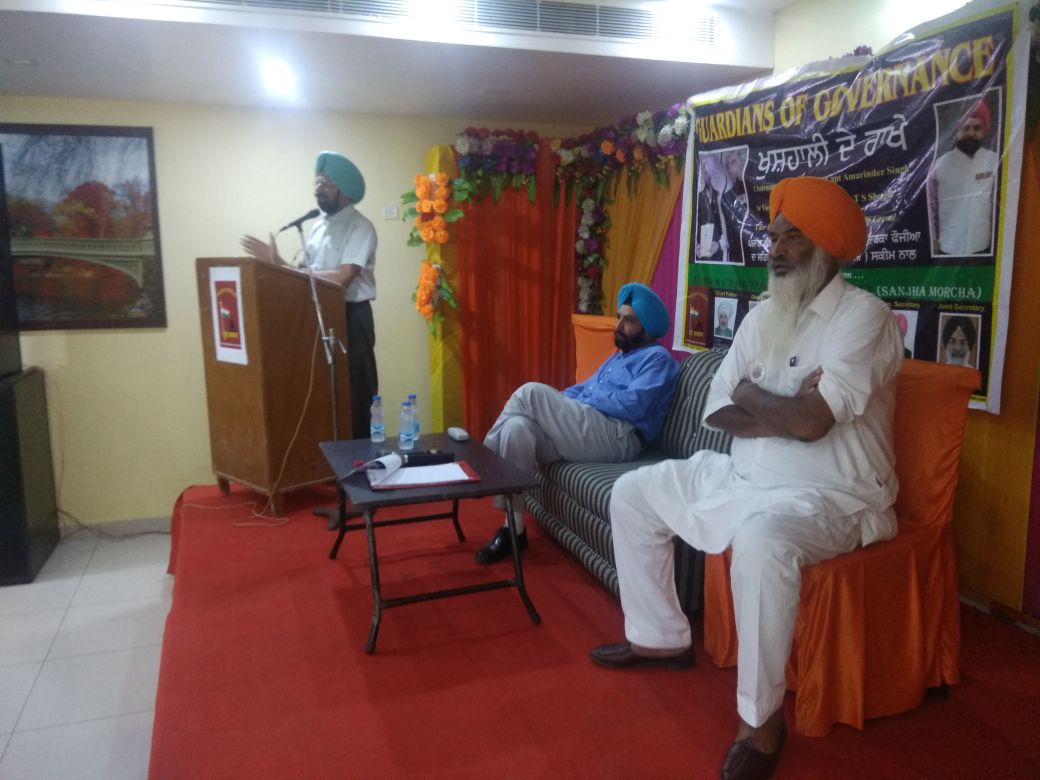
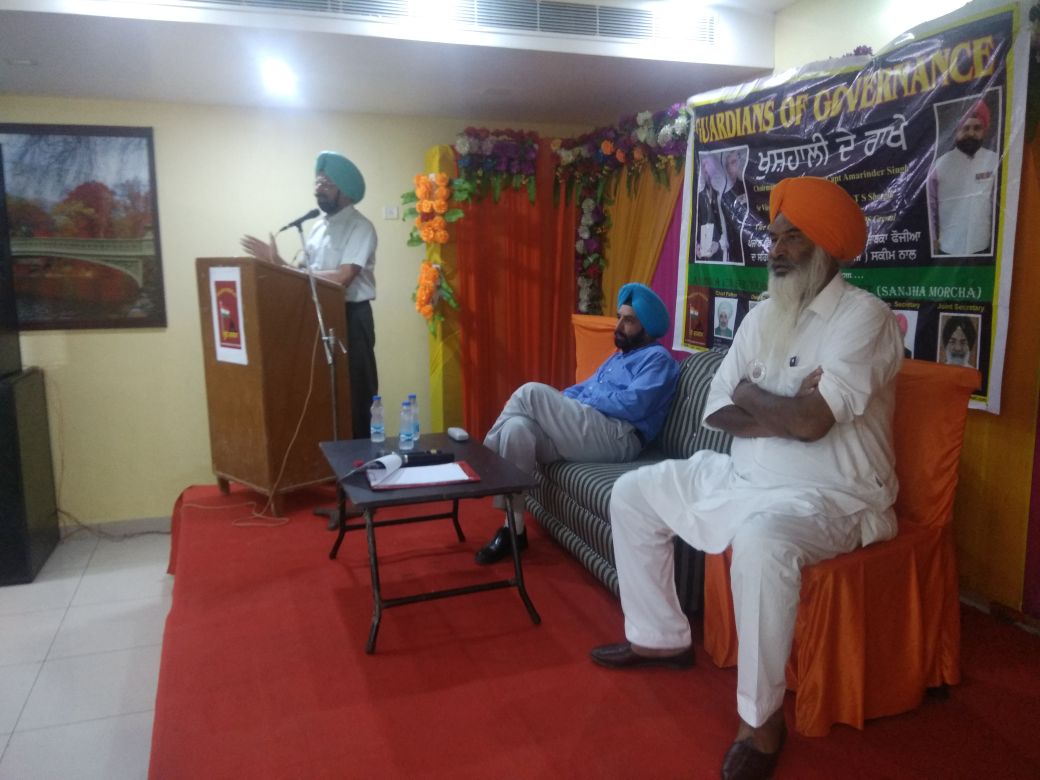

 RAVI KUMAR/HT
RAVI KUMAR/HT
